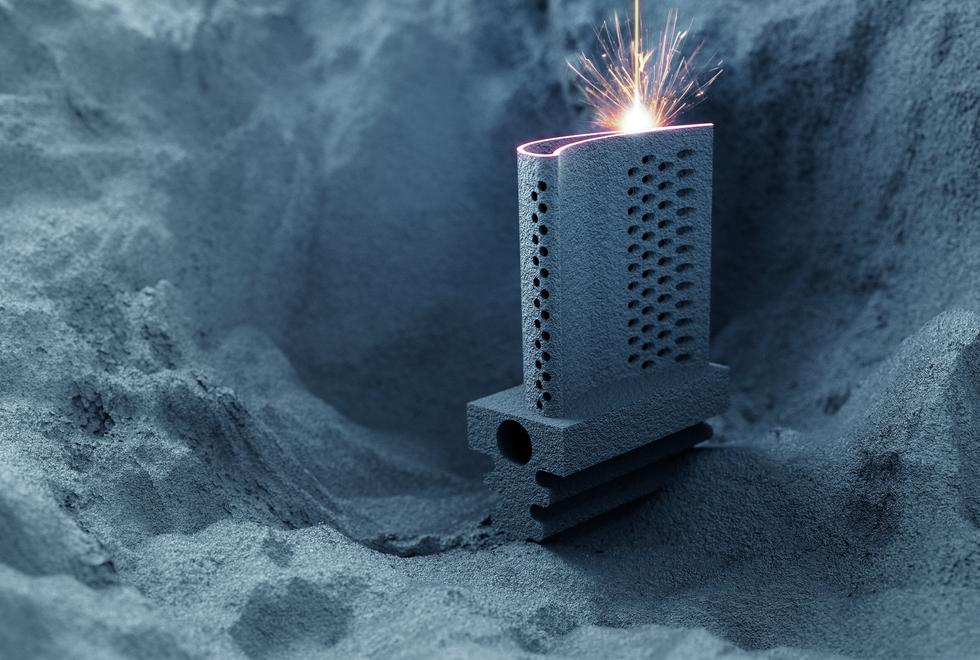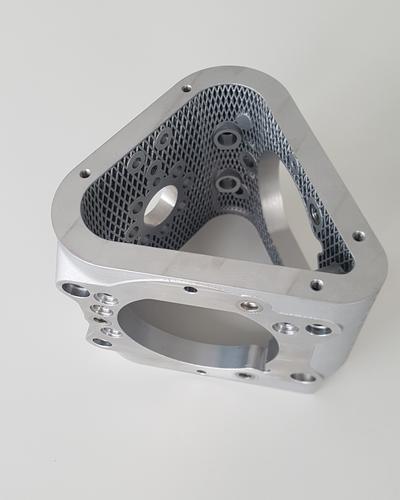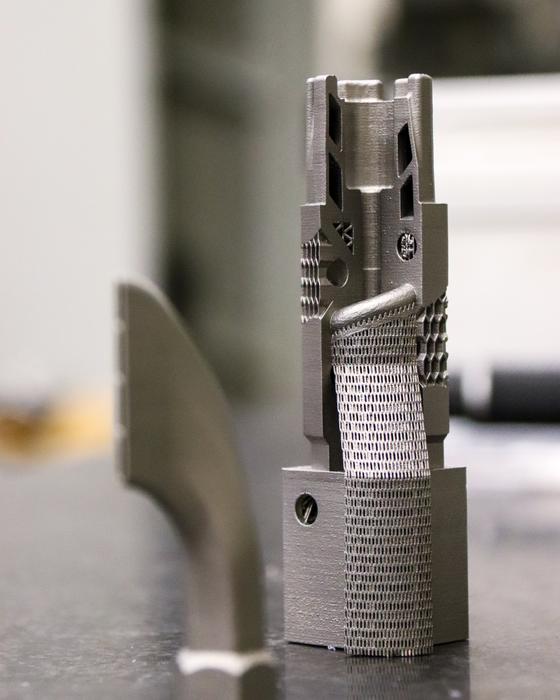
- 04193 980960
- info@wdoose.de
- Tiedenkamp 19, 24558 Henstedt-Ulzburg
Into the future with additive manufacturing
Selective Laser Melting and the advantages
With the SLM process a powder bed is built up layer by layer to form a component with the use of a laser. Not only does this allows us to realize new geometries that would otherwise not be possible but also to improve specific product properties.
- Highly complex components with function integration
- Internal, near-contour cooling channels
- Weight optimization through topology optimization, grid and honeycomb structures
- Functional prototypes made from series materials
- Resource-saving production

New possibilities through SLM
Make your components lighter, more sustainable and integrate new functions!
With the SLM process on the DMG MORI Lasertec 30 DUAL SLM, we open the doors for our customers to new possibilities for their tools and components - whether it involves improving certain properties or integrating new functions. For example, additive manufacturing can be used to realize contour-cooled inserts that reduce the cooling times of injection molds by 50% while improving quality.
Grid and honeycomb structures can achieve weight reductions that lower emissions levels in the aerospace and automotive industries. In automation, compact robotic gripper solutions can be realized through additive manufacturing.
Contact us. Our experts for additive manufacturing will be happy to advise you!



Shorter time to market
The increasing demands on products and their development mean that companies have to find ways to improve products and, in particular, bring them to market faster. Thus, product development time in particular is significantly responsible for the success of a product.
Additive manufacturing of prototypes (rapid prototyping) using the SLM process can not only shorten the time to market, but also enable new geometries and functions while lowering the weight and material consumption at the same time.
- Shorter time to market
- Lower material consumption
- Weight savings